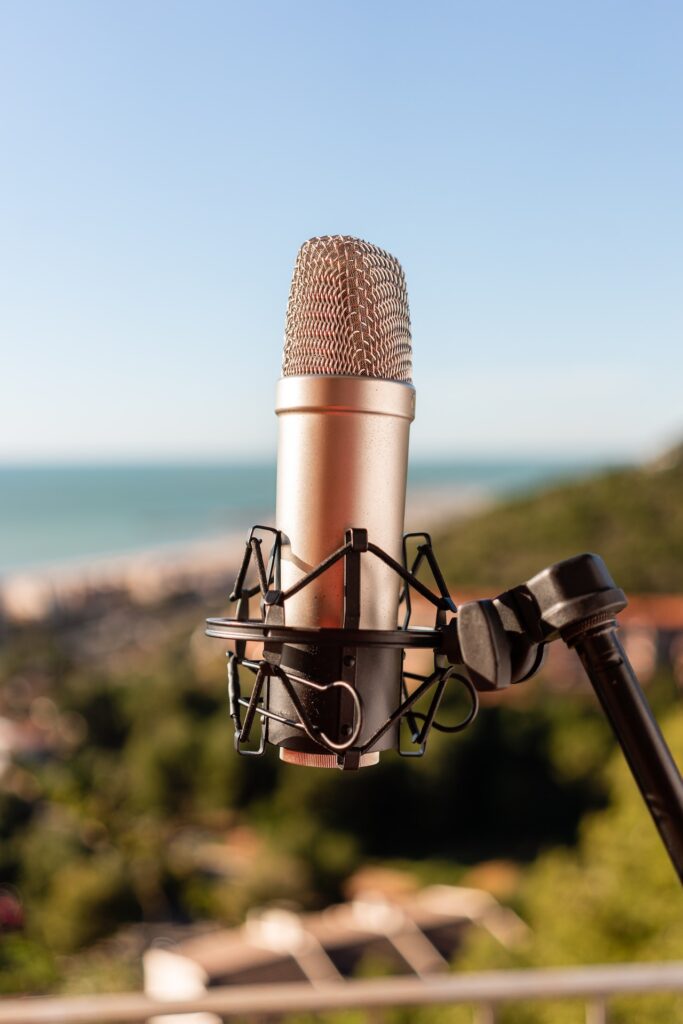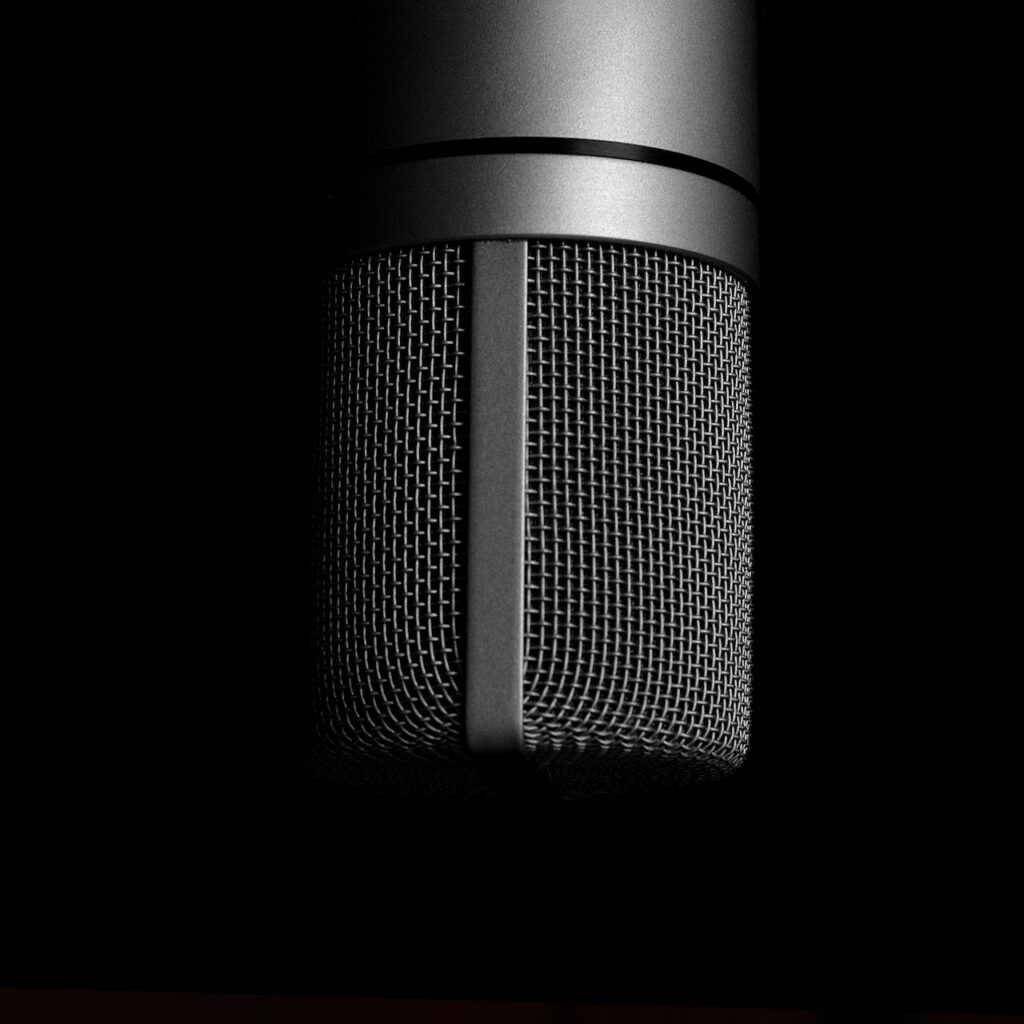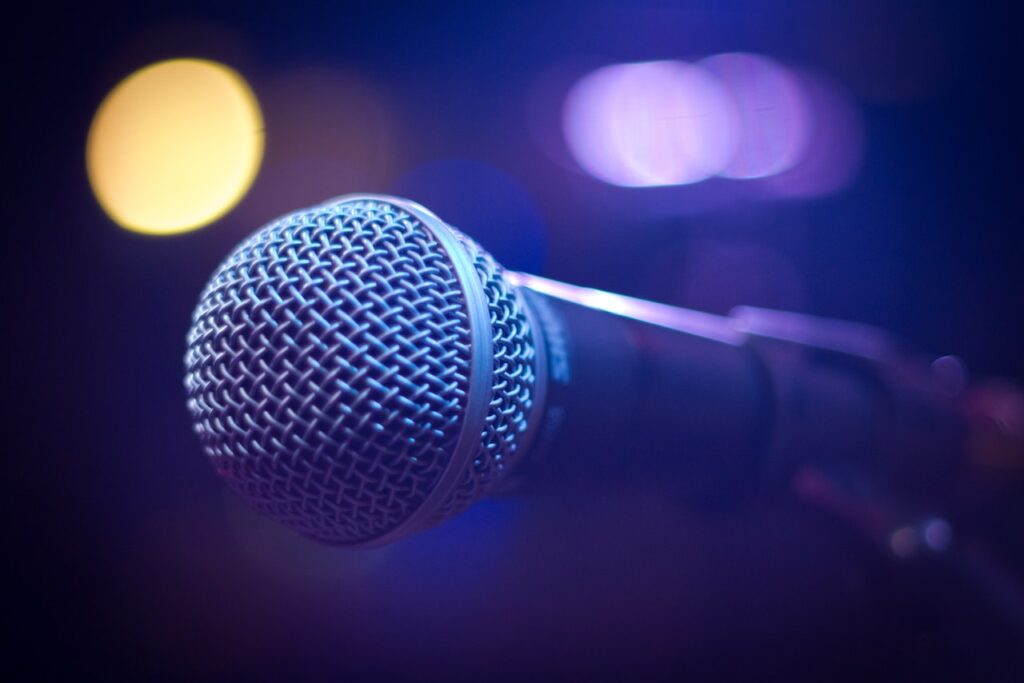Unlocking Creativity: A Review of the Perfect Microphones for Podcasting and Vlogging
When it comes to podcasting and vlogging, choosing the right microphone is essential for delivering high-quality audio that engages your audience. In this comprehensive review, we’ll explore different microphone options and their features to help you find the perfect microphone for your podcasting or vlogging needs. From dynamic to condenser microphones, USB to XLR connectivity, various polar patterns, and additional details, we’ll cover everything you need to know to make an informed decision.
Dynamic Microphones:
Dynamic microphones are not only versatile and robust but also affordable. They use a diaphragm and coil mechanism to convert sound waves into electrical signals. With their ability to handle high sound pressure levels, dynamic m.phones are excellent for recording in different environments, including outdoor locations or places with significant background noise. They are durable, making them ideal for podcasters or vloggers who are constantly on the move.

Condenser Microphones:
Condenser m.phones are known for their exceptional sensitivity and ability to capture a wide range of frequencies with great detail. They use a thin diaphragm and a charged backplate to convert sound waves into electrical signals. Condenser m.phones require a power source, either from batteries or phantom power supplied by an audio interface or mixer. These microphones excel in controlled studio environments with minimal background noise, delivering professional-grade audio quality that is highly suitable for capturing vocals and intricate audio nuances.
USB Microphones:
USB m.phones provide a convenient solution for beginners or those on a budget. They are easy to use, as they are plug-and-play devices that require no additional audio interfaces. USB m.phones can be directly connected to your computer or smartphone, making them user-friendly and easily accessible. While they may not offer the same level of audio quality and versatility as XLR m.phones, they are a practical choice for starting out and can produce satisfactory results for solo podcasting or vlogging.
XLR Microphones:
XLR m.phones have established themselves as the industry benchmark for achieving unparalleled excellence in professional audio recording. They require an audio interface or mixer to connect to your recording device, providing higher audio quality and greater control over your sound. XLR m.phones offer balanced audio signals, which are less susceptible to interference and provide cleaner recordings. These m.phones are favored by podcasters and vloggers who prioritize audio fidelity and seek optimal control over their sound production.

Polar Patterns:
Polar patterns determine how m/phones capture sound. Understanding different polar patterns will help you choose the most suitable microphone for your specific recording scenario.
- Cardioid patterns capture sound from the front while rejecting background noise from the sides and rear. This pattern is commonly used for single-person podcasting or vlogging.
- Omnidirectional patterns capture sound from all directions, making them ideal for group discussions, roundtable conversations, or capturing ambient audio in a room.
- Bidirectional patterns capture sound from the front and rear while rejecting sound from the sides. This pattern is useful for interviews or two-person podcasting.
Budget Considerations:
Setting a budget range for your m.phone purchase is essential. M.phone prices can vary significantly based on factors such as brand, build quality, and additional features. Consider your budget and the level of audio quality you aim to achieve. While higher-priced m.phones often offer superior audio performance and durability, there are excellent options available in different price ranges that can deliver satisfactory results.
Research and Reviews:
To make an informed decision, dive into thorough research and consult trusted reviews from professionals in the podcasting and vlogging community. Read product descriptions, watch YouTube videos, and listen to audio samples to get a better understanding of the microphone’s performance and characteristics. Pay attention to reviews that discuss compatibility, build quality, audio fidelity, and overall user experience. Hearing firsthand experiences from other content creators can provide valuable insights and help you narrow down your options.

Accessories:
In addition to the m.phone itself, consider essential accessories that can enhance your recording experience. A pop filter is an excellent addition to reduce plosive sounds caused by strong puffs of air. A m.phone stand or boom arm provides stability and positioning options, allowing you to find the perfect m/phone placement. A shock mount helps isolate the m/phone from handling noise, ensuring cleaner recordings. Depending on your specific needs, additional accessories such as a windscreen, foam cover, or reflection filter may also be worth considering.
Compatibility:
It is imperative to verify that the m.phone you select seamlessly integrates with your unique recording setup, guaranteeing optimal compatibility and performance. Check the m.phone’s specifications and requirements to see if it works with your computer, recording software, or any other devices you plan to use. Compatibility is crucial to ensure seamless integration and a hassle-free recording experience.
Conclusion:
Selecting the perfect m.hone for podcasting and vlogging is vital for delivering professional and captivating content. Consider the m.phone type, connectivity options, polar patterns, budget, and compatibility with your setup. Conduct thorough research, read trusted reviews, and explore different options. By choosing the right m.phone, you’ll unlock your creativity and elevate the quality of your podcast or vlog, providing an engaging audio experience for your audience.
Have a look at its feature https://amzn.to/3D5zI8p
Thank you for your visit https://info4you.in

Leave a Reply